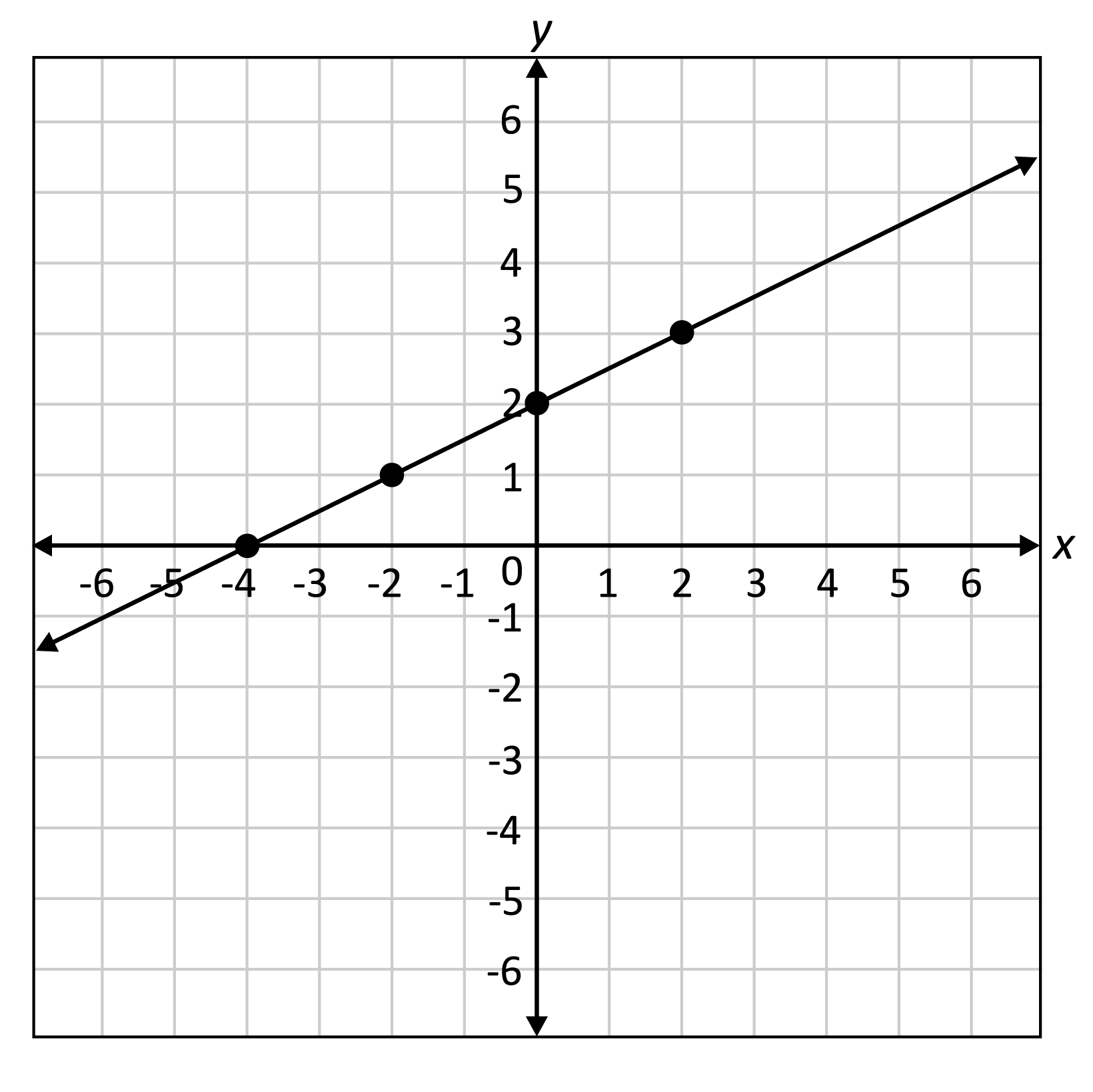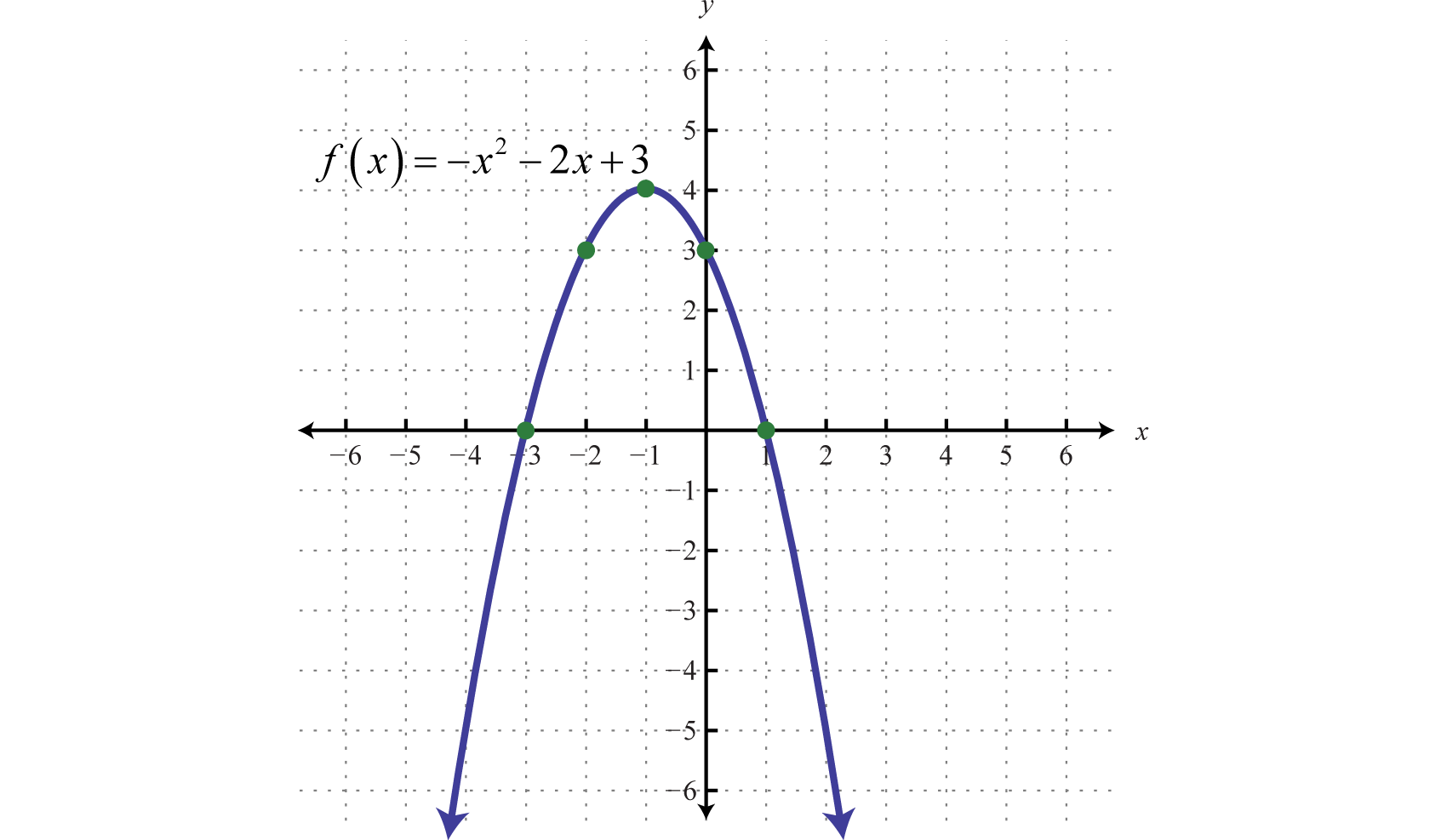This week in math we learned how to write powers as radicals in which we can evaluate or write them as a mixed radicals. The powers that we’re dealing with in this unit are written in fractional and decimal form which at first can make things look confusing. I chose this topic because evaluating fractional powers is a concept that I was previously unfamiliar with, however I have grown to find the topic fascinating and and a very logical straight forward process. This skill and understanding will be important to know for furthering our understanding of powers and roots.
To start, let’s learn how to convert an exponent that is in decimal form into fractional form (it makes writing powers as radicals much easier).
Example 1.

Step 1. Convert the exponent into fractional form. To do this, you need to consider place value; the denominator of the fraction will be the place value. The digits of the decimal will equal the numerator. In this case we can write the numerator 1.5 as 15. The denominator is written as 10 because the 5 is in the tenths place. The new fraction can now be written as  . Next we simplify the fraction by the GCF to clarify communication and to avoid misunderstandings. In this case the highest value that 15 and 10 can be divided by is 5; the new fraction is now
. Next we simplify the fraction by the GCF to clarify communication and to avoid misunderstandings. In this case the highest value that 15 and 10 can be divided by is 5; the new fraction is now  .
.
Step 2. We now convert the base of our power (0.25) into fractional form. Similar to converting the power, 0.25 can be written as  because the place value is in the 100th. We must now reduce this fraction once again to reduce the odds of any other misunderstandings. The GCF is 25 because it can evenly divided into 100 and our new fraction in its simplist form is
because the place value is in the 100th. We must now reduce this fraction once again to reduce the odds of any other misunderstandings. The GCF is 25 because it can evenly divided into 100 and our new fraction in its simplist form is  .
.
Step 3. Lets put together our simplified exponent and base to get the power in fractional, simplfied form. The new power is 
Step 4. In order to convert our new power  into a radical we must recognize that the denomator of our fractional exponent is the index, and the numerator is written as the exponent in radical form.
into a radical we must recognize that the denomator of our fractional exponent is the index, and the numerator is written as the exponent in radical form.
Step 5. The method I find to be most efficent is to evaluate starting with the index before I distribute the exponent. Knowing this,  = 1 and
= 1 and  = 2, because as we have learned a factor of a number that, when multiplied by itself, gives the original number; 2×2 gives our original number,4. Now we can distribute the exponent 3 using in relation to the power law.
= 2, because as we have learned a factor of a number that, when multiplied by itself, gives the original number; 2×2 gives our original number,4. Now we can distribute the exponent 3 using in relation to the power law.
Step 6. In other words, the exponent 3 means that there is 3 copies being made of  . 1 x 1 x 1 = 1 and 2 x 2 x 2 = 8. The final simplified answer is
. 1 x 1 x 1 = 1 and 2 x 2 x 2 = 8. The final simplified answer is  =
=  .
.
Example 2.

In this example, you will find that it cannot be fully evalauted, so instead we can convert it into a mixed radical.
Step 1. Just like in the first example, we can turn the power into radical form by using the denominator of our fractional exponent as the root and the numerator as the exponent. This time there is no decimals to convert. However, upon writing our power in decimal form we can immediately see that (-16) is not a perfect square so we must distribute the exponent 2 to (-16) instead.
Step 2. Distributing the 2 to (-16) affects everything within the brackets; in other terms it means there is two copies of (-16). Two negatives = a positive, so we can look at this expression as being the same as positive  . I solved this equation by using long multiplication; this removes the need for a calculator.
. I solved this equation by using long multiplication; this removes the need for a calculator.  = 256.
= 256.
Step 3. We also need to recognize that ![\sqrt[3]{256} \sqrt[3]{256}](https://s0.wp.com/latex.php?latex=%5Csqrt%5B3%5D%7B256%7D&bg=ffffff&fg=000000&s=0) is also not a perfect cube, so we must convert it into a mixed radical to further evaluate it. Firstly, we need to break down 256 using prime factorization. Because we are evaluating a cube root, we can circle and group together each set of 3 of the same value. In this case I circled 2 groups of three 2s. Then, we can move these twos into the coefficient position of the radical. We only need to take one 2 from each group, the rest cancel out. As our coefficient place we now have 2 x 2 or 4. The prime factors that are left, will be used as our radicand; this is 2 and 2 (2×2) which gives us 4 as our radicand. We put everything back into exponential form and we get
is also not a perfect cube, so we must convert it into a mixed radical to further evaluate it. Firstly, we need to break down 256 using prime factorization. Because we are evaluating a cube root, we can circle and group together each set of 3 of the same value. In this case I circled 2 groups of three 2s. Then, we can move these twos into the coefficient position of the radical. We only need to take one 2 from each group, the rest cancel out. As our coefficient place we now have 2 x 2 or 4. The prime factors that are left, will be used as our radicand; this is 2 and 2 (2×2) which gives us 4 as our radicand. We put everything back into exponential form and we get 
 .
.
Glossary
GCF (greatest common factor) – The highest number that divides exactly into two or more numbers.
Place value – The system in which the position of a digit in a number determines its value.
Power – An expression that represents repeated multiplication of the same factor
Power Law – exponent is being distributed to the value within brackets, multiplying with other exponents.
Prime factorization – a process of writing all numbers as a product of primes.
Prime number – a whole number greater than 1 whose only factors are 1 and itself.










